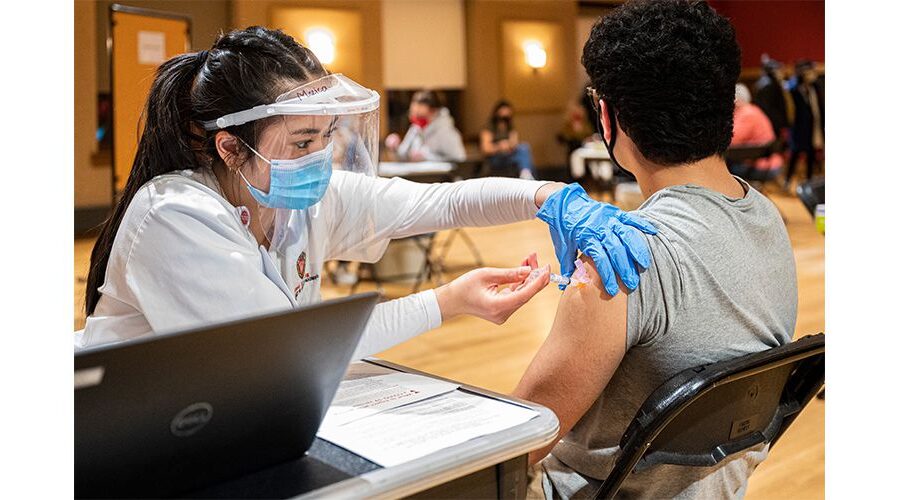
Mathematical models have helped the U.S. optimize COVID-19 vaccine allocation and delivery to boost vaccination rates. But these models have not overcome the existing health disparities that stem from unequal access to health care, discrimination, and gaps in education, income and wealth attainment.
Ensuring that economically and socially vulnerable populations have access to vaccines, no matter where they live, is a central idea behind vaccine fairness.
“There’s a missing step between the mathematics and the reality,” says Michael Ferris, John P. Morgridge Professor of Computer Sciences at the UW–Madison School of Computer, Data and Information Sciences. “You can solve problems with mathematics up to the last mile, but at that point behavior, communication and socioeconomic issues become critical.”